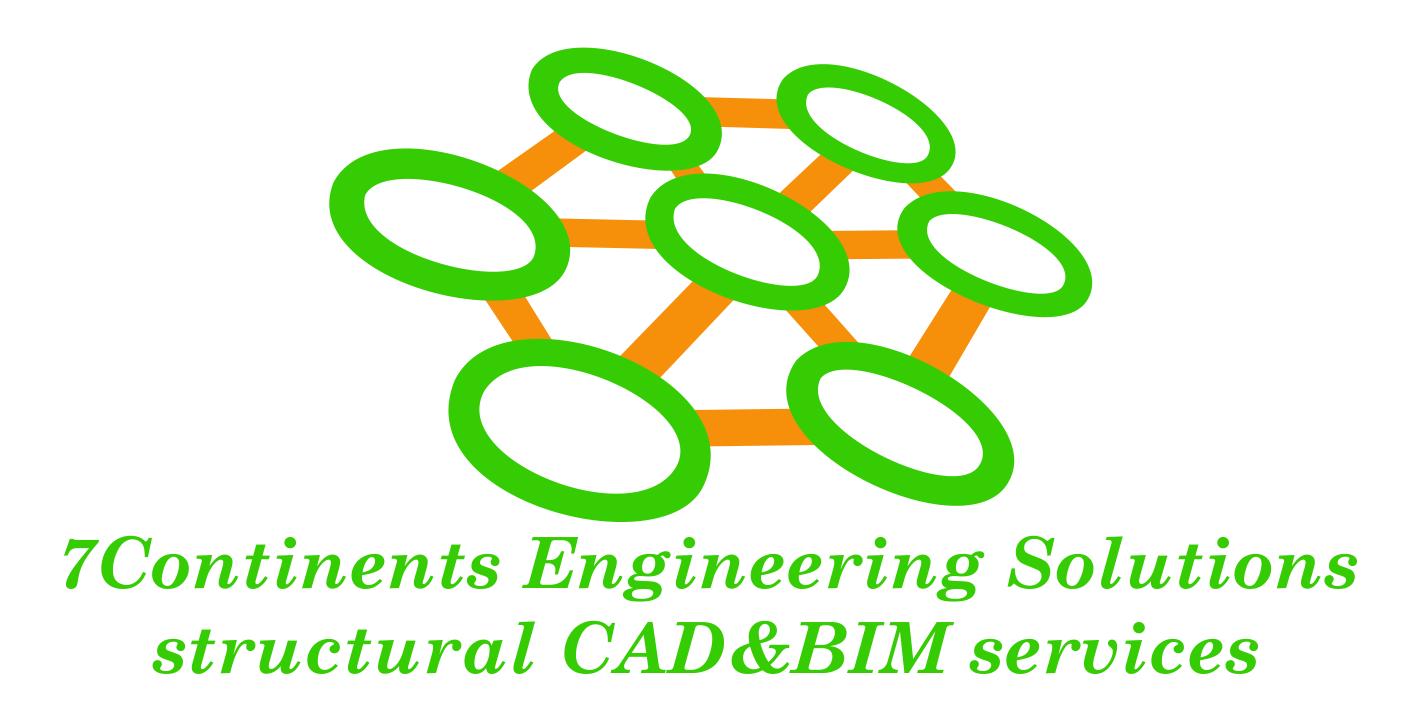In the ever-evolving world of structural engineering, Technology has altered the way we design, construct, and manage buildings. Structural BIM Modeler stands at the vanguard of this transition, providing a complete and integrated approach to the entire construction process. In the next article, we explore the advantages of BIM in structural engineering and how it is reshaping the industry.
A 3D Revolution
The core concept behind BIM is to create a 3D digital model that represents the physical and functional qualities of the building. This model is not merely a static representation; it is a dynamic and interconnected database of information that provides a wealth of advantages.
1. Enhanced Visualization
BIM enables structural engineers to view the complete structure in 3D, allowing them to have a better grasp of the project’s scale, potential challenges, and design features. This improved visualization is extremely beneficial to both designers and clients.
2. Improved Collaboration
One of the most notable benefits of BIM is its capacity to allow collaboration among multiple parties. Architects, engineers, contractors, and clients may all collaborate on the same platform, sharing real-time updates and information, which is crucial in structural 3D modeling services.
3. Early Issue Detection
BIM allows for the early detection of design flaws or clashes, minimizing the likelihood of costly rework during the construction phase. This not only saves time but also helps keep project expenses under control, a key benefit in structural 3D modeling services in the US.
4. Accurate Cost Estimation
BIM provides detailed data on materials, quantities, and costs. This information can be utilized to make precise cost estimates and budgets, avoiding financial shocks during construction.
Precision and efficiency
5. Streamlined Design
BIM allows structural engineers to iterate and modify designs more efficiently. This adaptability leads to better structural solutions and, ultimately, a more efficient and cost-effective project.
6. Integrating Sustainability
BIM can aid in the incorporation of sustainability ideas into structural design. This means that structural engineers can make informed decisions about construction materials and designs that reduce the environmental impact of the building, which is essential in 3D building modeling services in the United States.
7. Better Project Management
The real-time data and integrated features of BIM improve project management. It enables more effective project completion by improving tracking of progress, resources, and schedules.
3D Structural Modeling’s Impact
The transformation brought about by 3D structural modeling, made feasible by BIM, is a game changer in structural engineering.
7Continents Engineering Solutions’ structural 3D modeling services, for example, play a vital part in this evolution. The benefits of 3D modeling go hand-in-hand with the advantages of BIM:
- Construction Process Acceleration: 3D modeling accelerates construction processes, making them more efficient.
- Standardization: 3D models are created in strict conformity with industry rules and country-specific standards.
- Cost Reduction: Cost-cutting measures include efficient resource utilization and early discovery of problems.
- Quality Control: The emphasis on client happiness provides premium quality 3D modeling services.
7CES believes in the power of perseverance and an unwavering commitment to customer satisfaction. Their structural 3D modeling services precisely and accurately convert concepts into 3D models, allowing for seamless project management and cost control.
Conclusion
BIM has emerged as a revolutionary force in the ever-changing area of structural engineering. Its advantages, ranging from greater visualization to improved collaboration and cost estimation, are changing the way projects are conceived and done. When combined with 3D structural modeling, the possibilities are endless, allowing for more efficient, sustainable, and cost-effective construction.
The benefits will become clearer as the construction sector begins to embrace BIM and 3D modeling. The benefits of BIM in structural engineering go beyond innovation to include efficiency, precision, and a brighter future for the industry.

